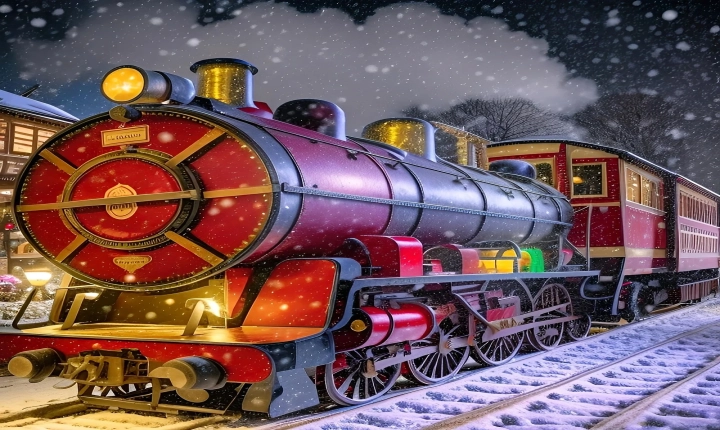How to Detect AI-Generated Art
Artificial intelligence (AI) has been making significant strides in the realm of creativity, producing stunning artwork in various styles and mediums. With the advancement of AI art generators, it is becoming increasingly challenging to discern between human and AI-generated art. However, there are several key indicators and techniques that can help detect AI-generated art.
One of the most telling signs of AI-generated art is the absence of imperfections or inconsistencies. AI algorithms are designed to produce flawless and precise works of art, lacking the organic irregularities present in human-made art. This can manifest in perfectly symmetrical compositions, flawless brush strokes, and an overall flawless finish. Keep an eye out for this unerring precision as it may indicate the involvement of AI.
Another indicator is the replication of popular art styles or trends. AI art generators are often trained on a vast database of human-created art, allowing them to mimic specific styles with remarkable accuracy. If you notice an artwork that closely resembles the works of famous artists or aligns with current artistic trends, it could be a sign that it was generated by AI.
Additionally, the use of complex patterns and intricate details that surpass human capabilities can also hint at AI involvement. AI algorithms can effortlessly create intricate patterns and complex designs with an unprecedented level of precision, often surpassing what human artists can achieve. If you come across artwork with exceptionally intricate details that seem beyond human capabilities, consider the possibility of AI generation.
Moreover, analyzing the metadata and origin of the artwork can be illuminating. Many AI-generated artworks come with metadata that indicates the software and techniques used to create them. Additionally, looking into the history and source of the artwork can provide insights into its creation. If the artwork is associated with AI art-generating platforms or artists known for using AI, it is likely AI-generated.
Furthermore, examining the creative process and evolution of the artwork can uncover signs of AI involvement. Human artists often go through a process of trial and error, experimentation, and emotional expression that is reflected in their artworks. In contrast, AI-generated art is the result of calculated algorithms and data processing, lacking the human touch and emotional depth. Investigating the creative process and emotional resonance of the artwork can reveal whether it is human-made or AI-generated.
It is essential to acknowledge the ethical and legal implications of AI-generated art, especially in relation to copyright and ownership. As AI continues to blur the lines between human and machine creativity, it becomes crucial to establish clear guidelines for the identification and categorization of AI-generated art.
In conclusion, detecting AI-generated art requires a discerning eye and an understanding of the characteristics and processes associated with AI art generators. By paying attention to the precision, replication of styles, complexity, metadata, creative process, and emotional resonance of the artwork, one can effectively discern between human-made and AI-generated art. As AI technology continues to evolve, the ability to detect AI-generated art will become increasingly important in the art world.
